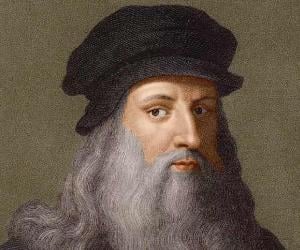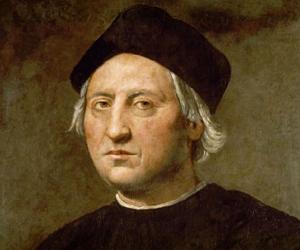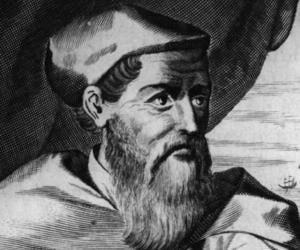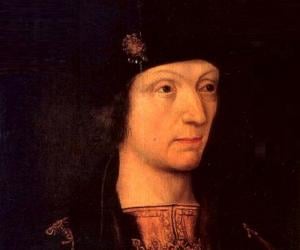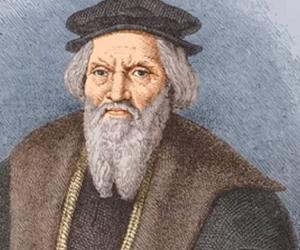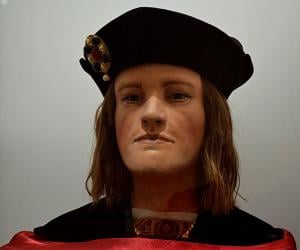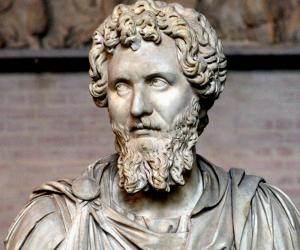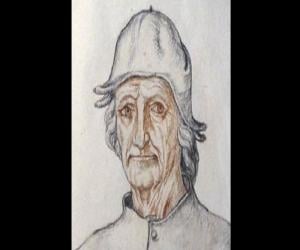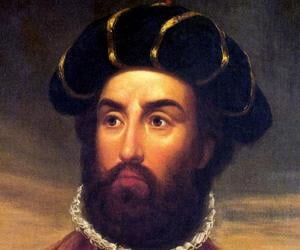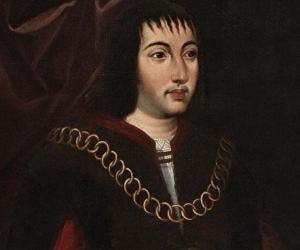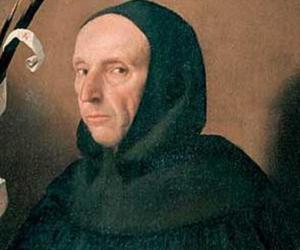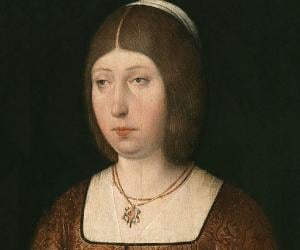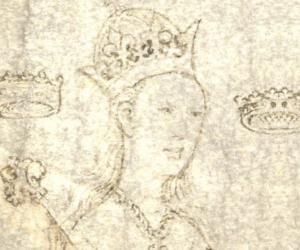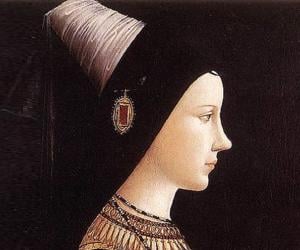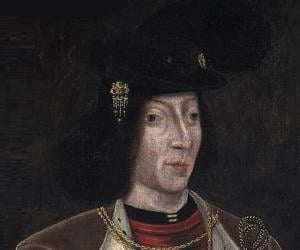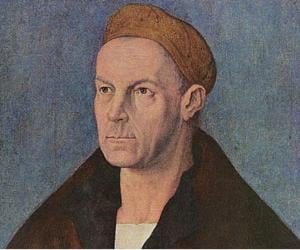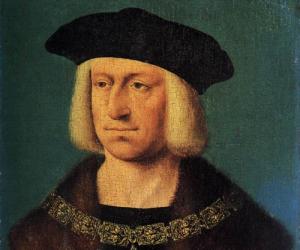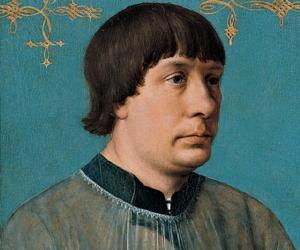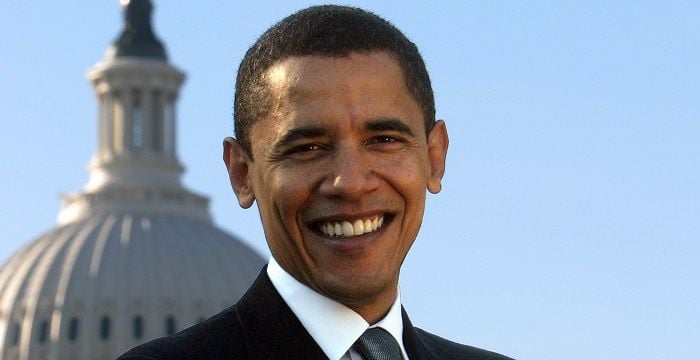Widely regarded as one of the greatest painters ever, Leonardo da Vinci was an extremely talented polymath. While his work The Mona Lisa became the most famous portrait, his drawing The Vitruvian Man became a cultural icon. A man well ahead of his time, Leonardo is also known for his notes on science and invention.
An Italian explorer, Christopher Columbus, wanted to discover a direct water route from Europe to Asia. In his four voyages across the Atlantic Ocean from Spain, however, what he ended up discovering was not Asia, but America. Though he was not the first one to land in America, his historical journey began what eventually turned into Spanish colonization of America.
Amerigo Vespucci was a merchant, navigator, and explorer. Credited with participating in two major voyages of the Age of Discovery, Vespucci's claim that the New World represented a new continent inspired cartographers to associate the name America (a Latinized form of his first name) to the newly discovered continents.
Henry VII of England played an important role in popularizing the House of Tudor by becoming the first monarch of the house; he ruled as the king of England from 1485 until his death in 1509. He is credited with several economic, diplomatic, and administrative initiatives.
Richard III was King of England from 1483 to 1485. His defeat and subsequent death marked the demise of the Middle Ages in England. He is the subject of William Shakespeare's famous play Richard III. He has also been an inspiration for several other works of literature and films.
Bartolomeu Dias was a nobleman of the Portuguese royal household in the 15th century. Famous as an explorer, he sailed around the southernmost tip of Africa and set up a route from Europe to Asia. He became the first European to anchor in Cape Good Hope, South Africa, during the Age of Discovery. He perished in 1500.
Ferdinand II of Aragon reigned as the King of Aragon from 1479 until his death in 1516. He sponsored Christopher Columbus' first voyage and therefore is credited with playing a key role in the discovery of the New World. He has been depicted in several films, including Christopher Columbus: The Discovery, 1492: Conquest of Paradise, and Assassin's Creed.
Josquin des Prez was one of the most influential Renaissance composers. Known for his motets, masses, and chansons, he is revered as the main figure of the Franco-Flemish School. Details of his early days are vague, and he was, for a long time, mistaken as another singer, Josquin de Kessalia.
As Charles the Bold’s daughter, Mary of Burgundy, was also known as Mary the Rich, for her affluence. While she had a fairy-tale marriage with Archduke Maximilian of Austria and had two children, she died abruptly at age 25, after being thrown from her horse during a hunting trip.
James III of Scotland reigned as the king of Scotland from 1460 until his death in 1488. Remembered as an ineffective and unpopular monarch, James was criticized for pursuing the so-called unmanly interests, such as music. He was also criticized for leading the Kingdom of Scotland into war. Over the years, he has been depicted in several historical novels.
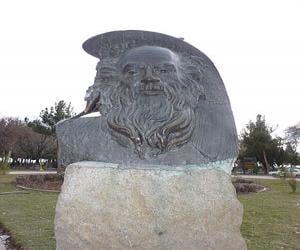
Attar of Nishapur was a Persian theoretician of Sufism, poet, and hagiographer. He had a lasting and immense influence on Sufism and Persian poetry. Attar of Nishapur is best remembered for his works, which include numerous long poems, a collection of lyrical poems, and sayings of popular Muslim mystics. Several musical artists and writers have been influenced by his works.
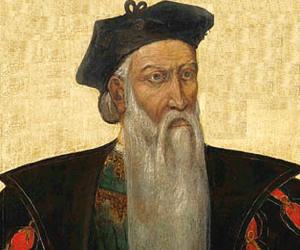
Afonso de Albuquerque was a Portuguese statesman, admiral, and general. A fierce military commander, Albuquerque expanded the influence of the Portuguese across the Indian Ocean while serving as the viceroy of the Portuguese State of India from 1509 to 1515. Afonso de Albuquerque's military brilliance in the initial Portuguese campaigns helped Portugal to become the first intercontinental empire in history.

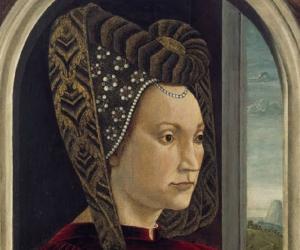
Jakob Fugger was a German merchant, banker, and mining entrepreneur. Born into the famous Fugger merchant family, Jakob Fugger helped expand the family business and stretched it across Europe. Thanks to his banking transactions with the House of Austria, Fugger also had a strong influence on European politics. He is counted among the wealthiest individuals of all time.
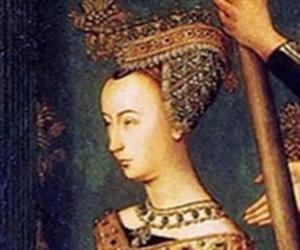
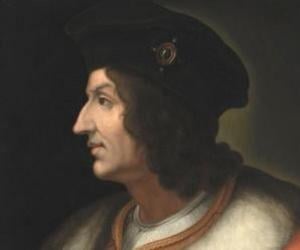
Gonzalo Fernández de Córdoba had become part of the Castilian court at age 13. He earned the nickname El Gran Capitán for his successful military exploits, especially the Conquest of Granada and the Italian Wars. He also negotiated the final surrender of Granada and served as the viceroy of Naples.
Maximilian I was Holy Roman Emperor from 1508 until his death in 1519. The son of Frederick III, Holy Roman Emperor, and Eleanor of Portugal, he ruled jointly with his father for the last years of the latter’s reign. During his reign, he expanded the influence of the House of Habsburg and established the Habsburg dynasty in Spain.
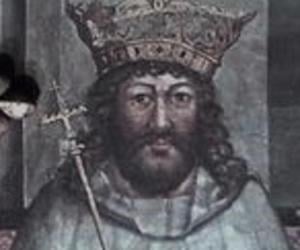
The eldest son of Polish king Casimir IV Jagiełło, Vladislaus II reigned over both Hungary and Bohemia and is remembered for uniting the two kingdoms. He had significant conflicts with rulers such as Hungarian king Matthias Corvinus and Holy Roman emperor Maximilian I. He was also known by his nickname Dobzse László.


Ibn Jubayr was an Arab geographer, traveler, and poet from al-Andalus. In the years preceding the Third Crusade, he made a famous pilgrimage to Mecca from 1183 to 1185, which he wrote about in great detail in his chronicles. He was a member of an Arab family of the Kinanah tribe and also traveled to Damascus, Mosul, Acre, and Baghdad.
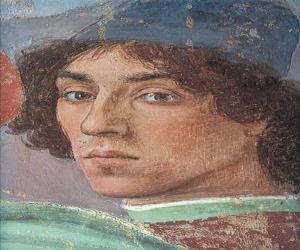
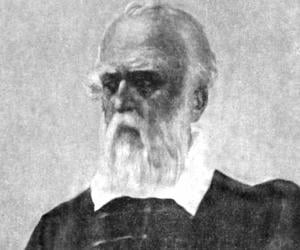
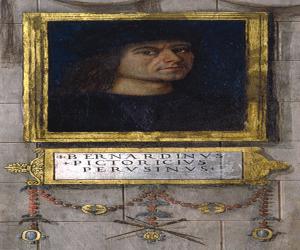
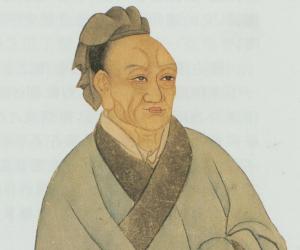
The first noted Chinese historian, Sima Qian is best remembered for authoring the history of China titled Shiji. The son of Sima Tan, a court historian of the Han dynasty, Qian traveled widely and was also responsible for modifying the Chinese calendar. He was later castrated for defaming Emperor Wu.

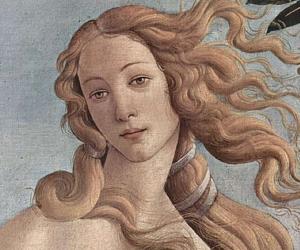
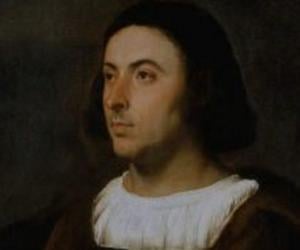
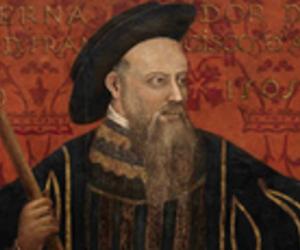
Francisco de Almeida was a Portuguese nobleman, explorer, and soldier. He served as a counsellor to John II of Portugal and played an important role during the conquest of Granada and in the battles against the Moors. Francisco de Almeida also served as the first viceroy and governor of Portuguese India in the early 1500s.
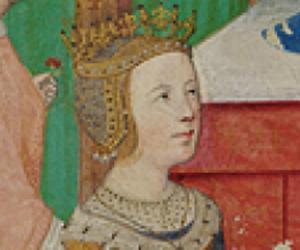
Eleanor of Viseu was a Portuguese princess who later served as queen consort of Portugal. Eleanor is regarded as one of Portugal's most notable queens consort and is credited with founding the city of Caldas da Rainha. Eleanor of Viseu commissioned a translation of Speculum vitae Christi into Portuguese and is thus credited with introducing the printing press to Portugal.
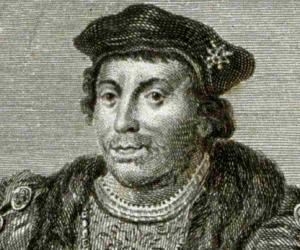
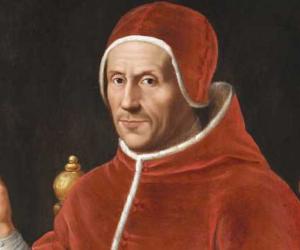
Sixteenth-century pope Adrian VI remains the only Dutch to have been a pope and was the last non-Italian pope till John Paul II’s election after over 400 years. He wished to reform the Church but wasn’t able to do much, as he was strongly opposed by many, including Italian cardinals.
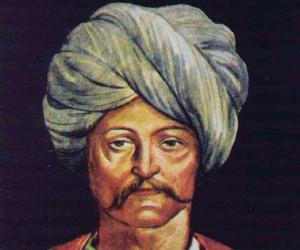
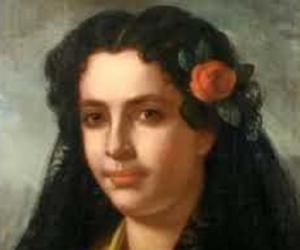

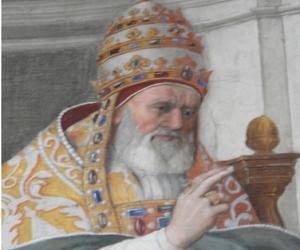
Pope Gregory IX served as the Bishop of Rome and chief of the Roman Catholic Church and therefore the ruler of the Papal States from 1227 until his death in 1241. Pope Gregory IX is best remembered for instituting the Papal Inquisition and issuing the Decretales.

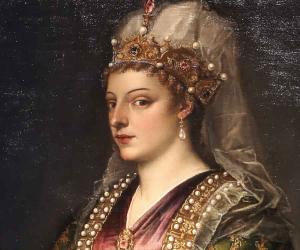
Venetian noblewoman Caterina Cornaro ruled as the queen of Cyprus through her marriage to King James II of Cyprus. Their marriage was chiefly a political one, improving ties between Cyprus and Venice. Following James’s death, she was forced to abdicate and given the town of Asolo.

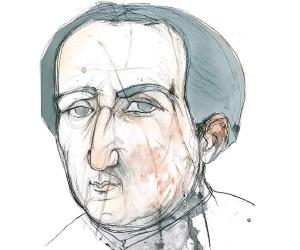
Abraham Zacuto was a Castilian mathematician, astrologer, astronomer, historian, and rabbi. He is best remembered for his service as the Royal Astronomer under King John II of Portugal. Abraham Zacuto's maritime charts and astronomical tables played a prominent role in the Portuguese and Spanish navigation capability; they were used by the likes of Christopher Columbus and Vasco Da Gama.

One of the greatest Welsh poets of the late medieval period, Dafydd ab Edmwnd was a freeman of Norman lineage. He went down in Welsh history for classifying and reforming the 24 metres of Welsh bardic poetry. His works were later collated and published as Gwaith Dafydd ab Edmwnd.

Telugu poet Bammera Pothana is best remembered for translating Bhagavata Purana from Sanskrit to Telugu. Mild-natured Pothana was known as the Sahaja Kavi. His style included heavy use of similes and metaphors, apart from a rhythmic element. He also worked on agricultural fields.
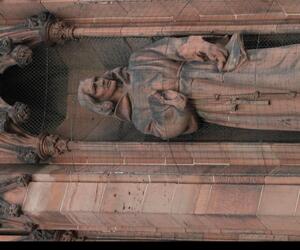
Once the court poet of King James IV of Scotland, William Dunbar remains one of the most reputed Chaucerians of his time. Known for allegorical pieces such as The Goldyn Targe, he also penned works such as Flyting of Dunbar and Kennedie, directed against his rival Walter Kennedy.
